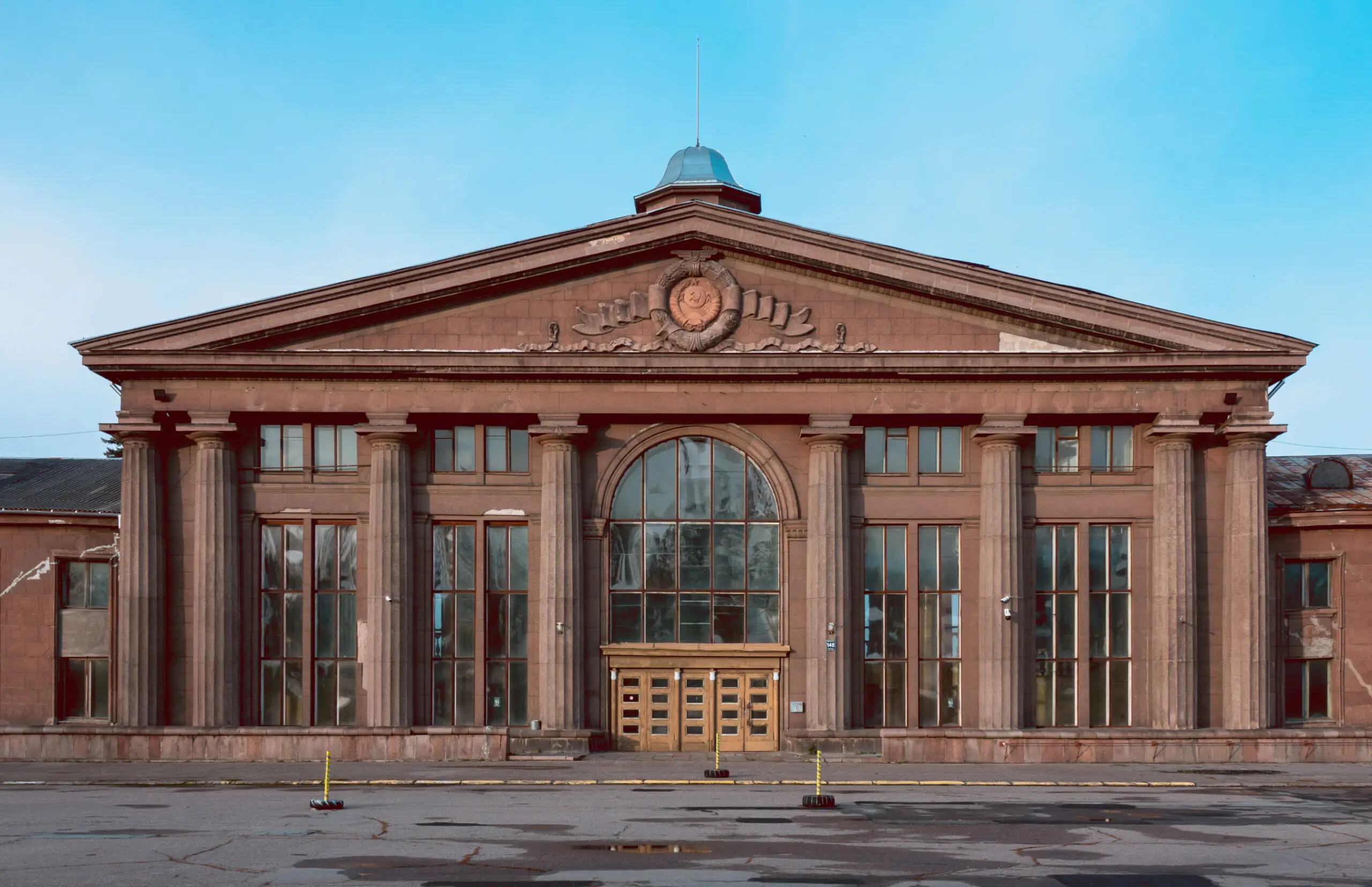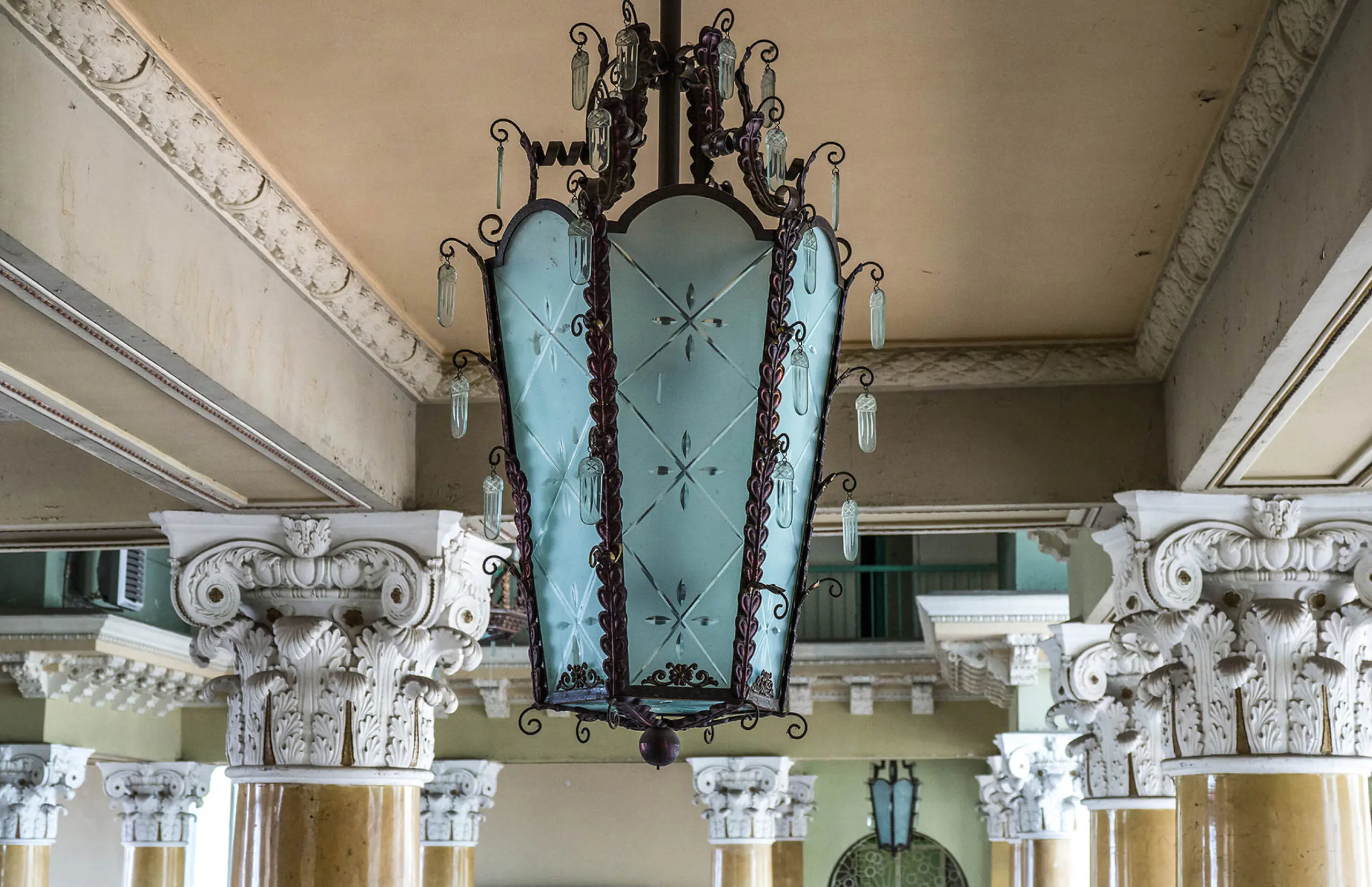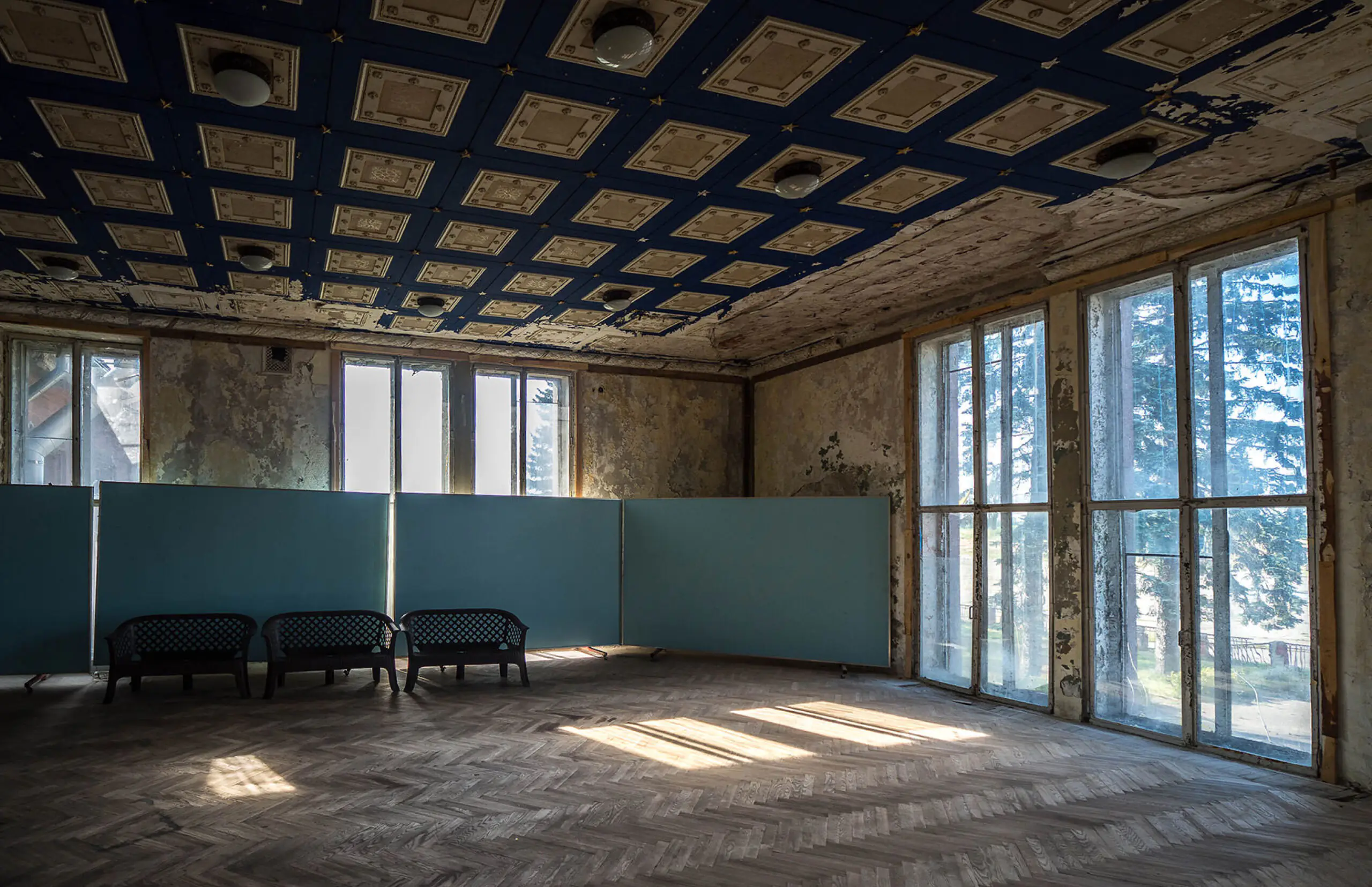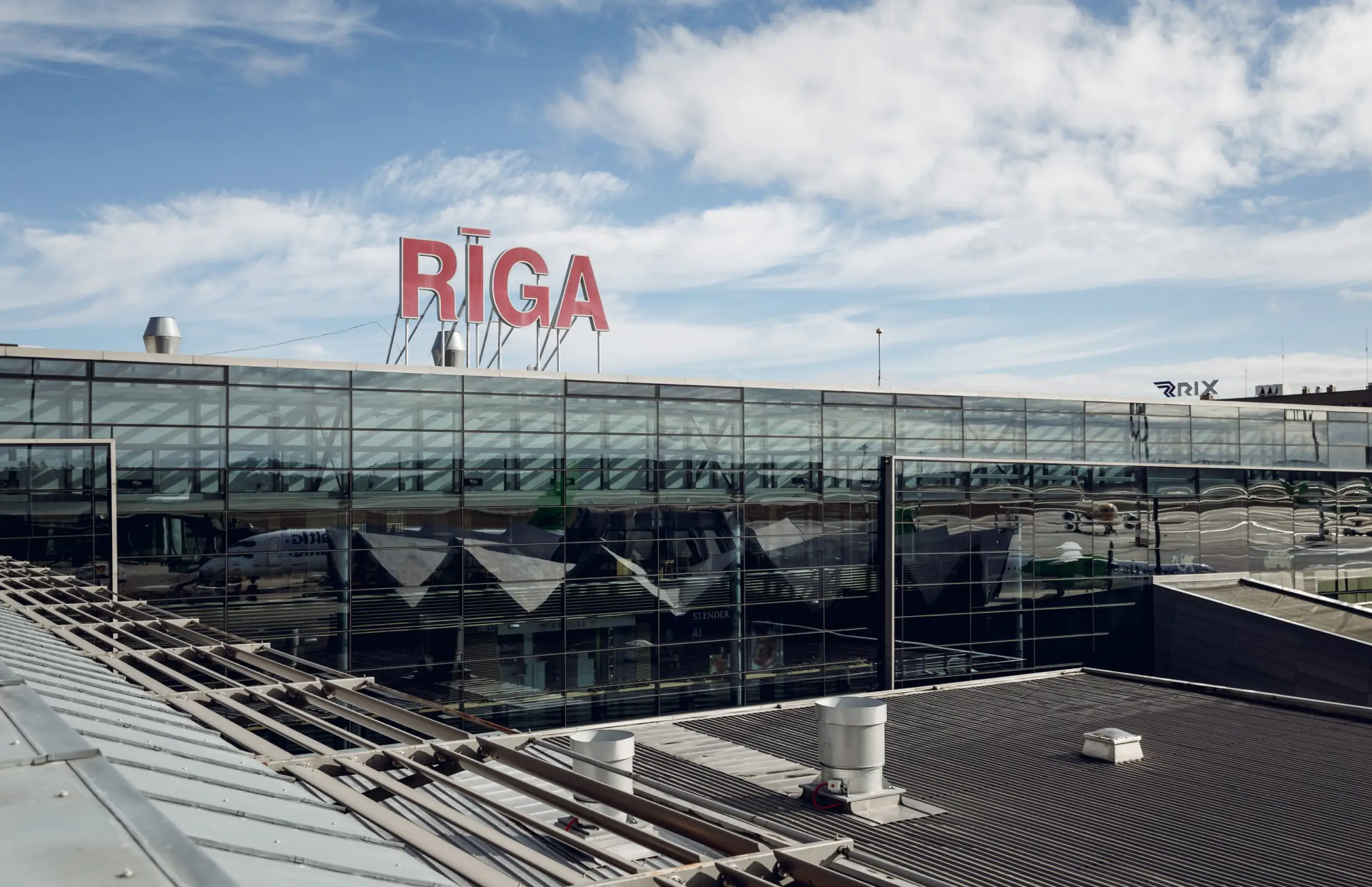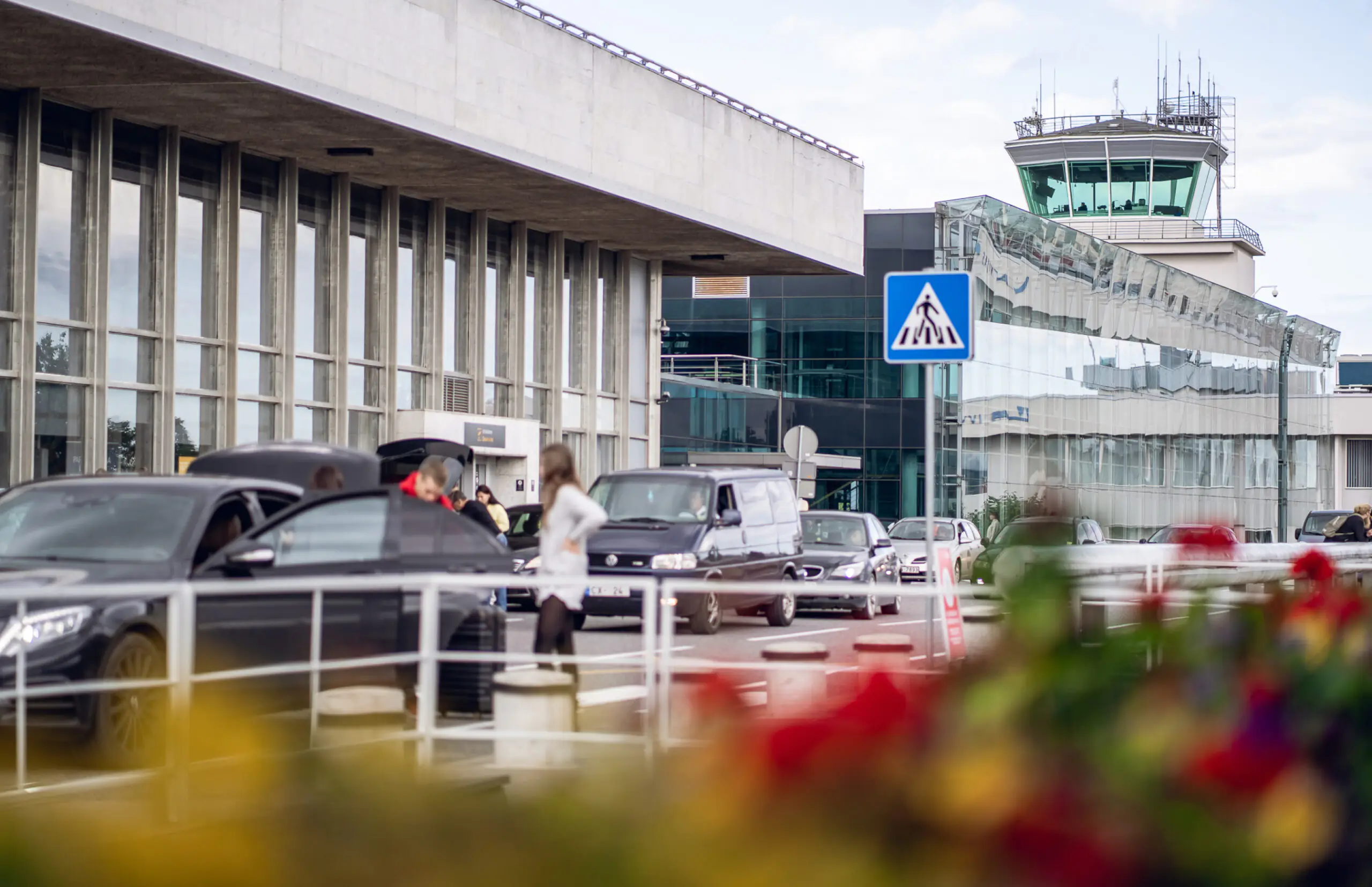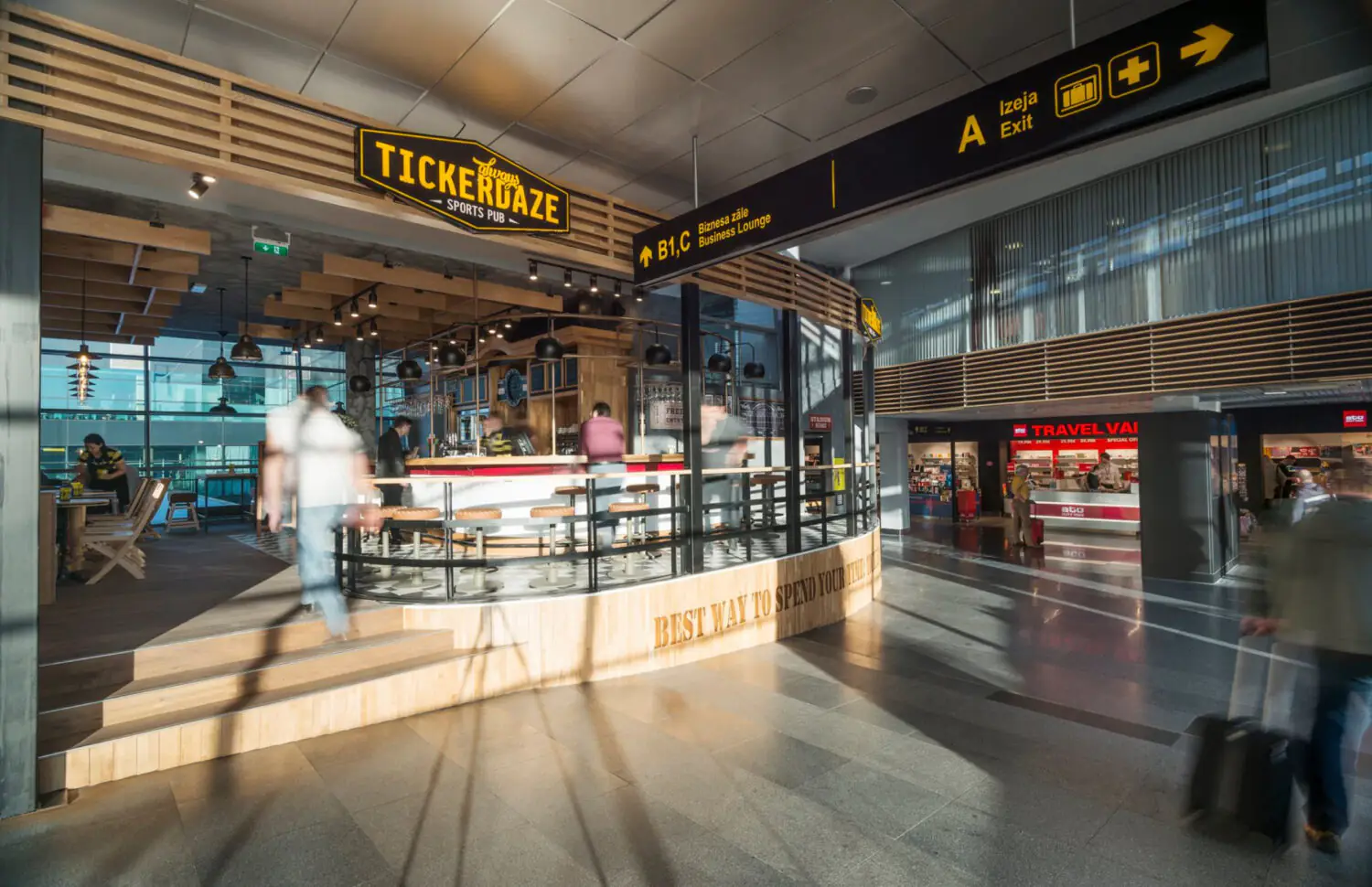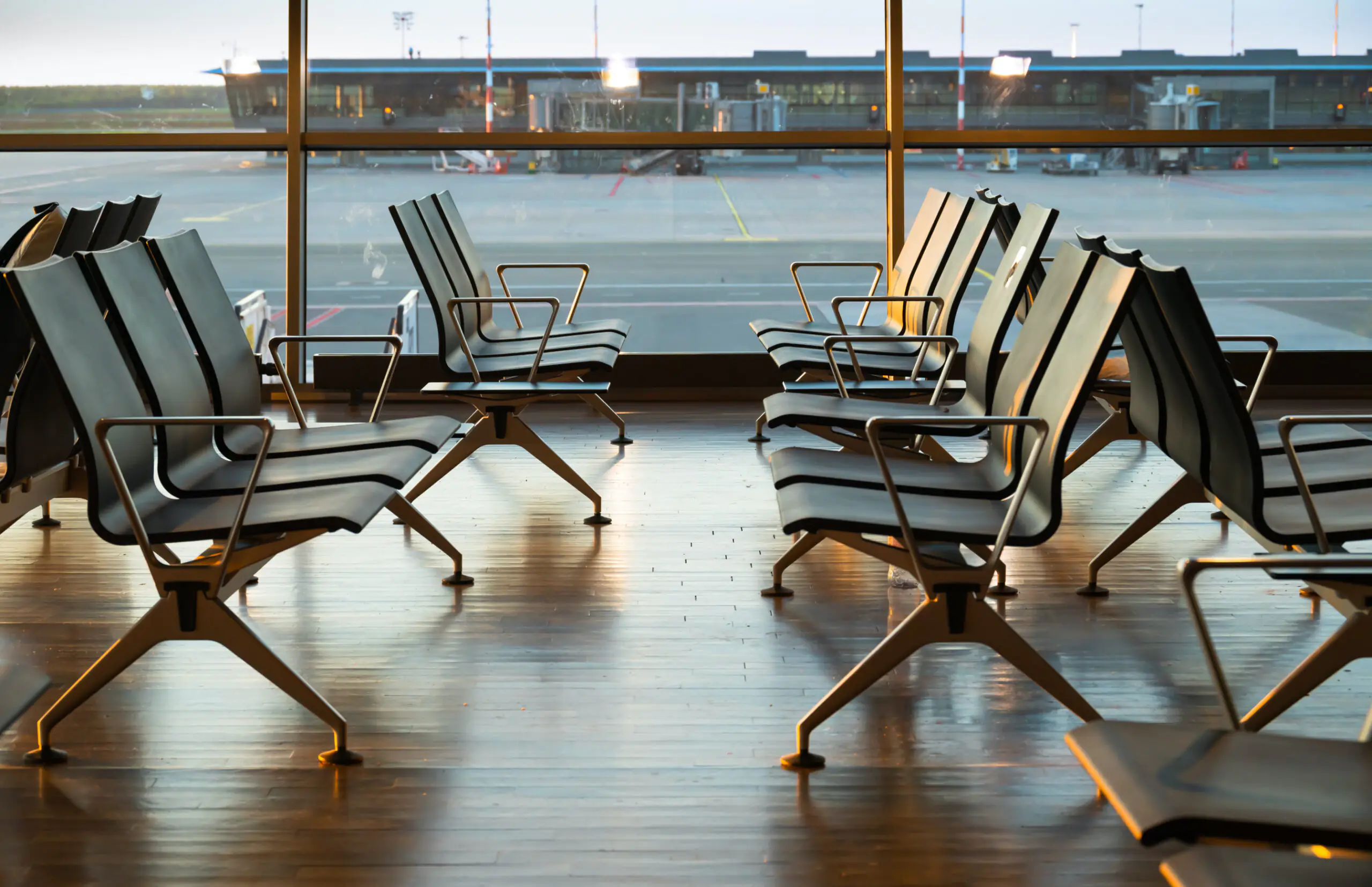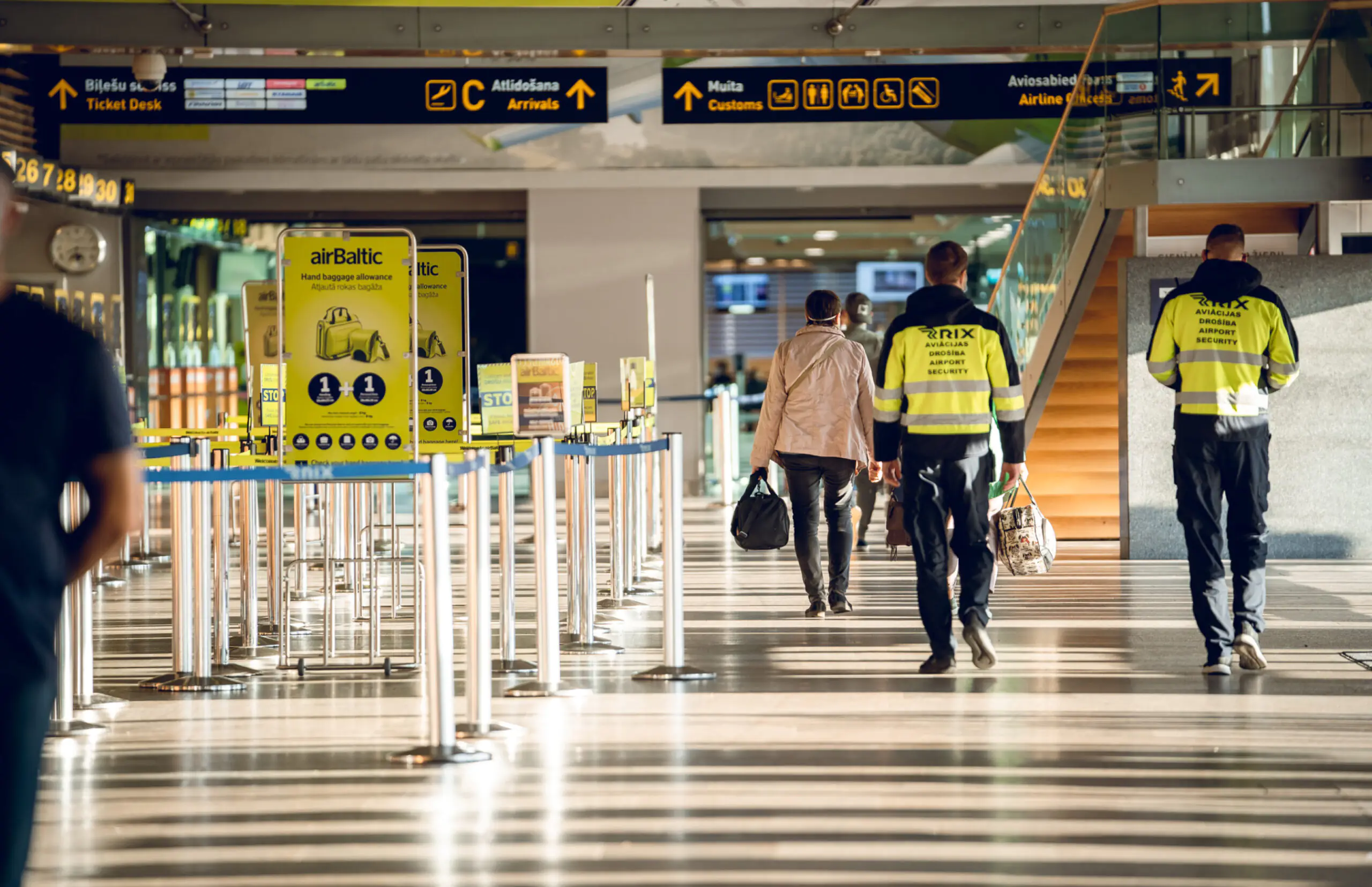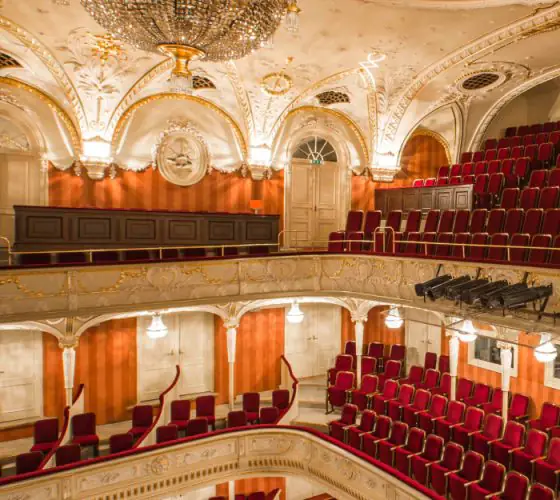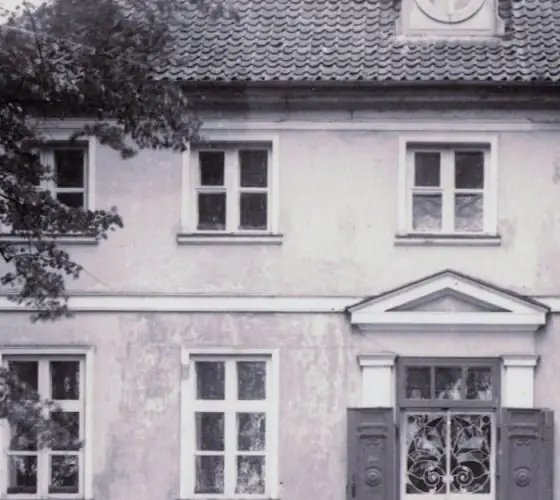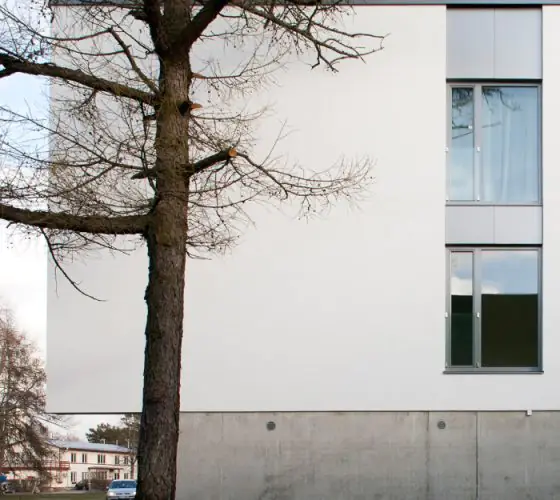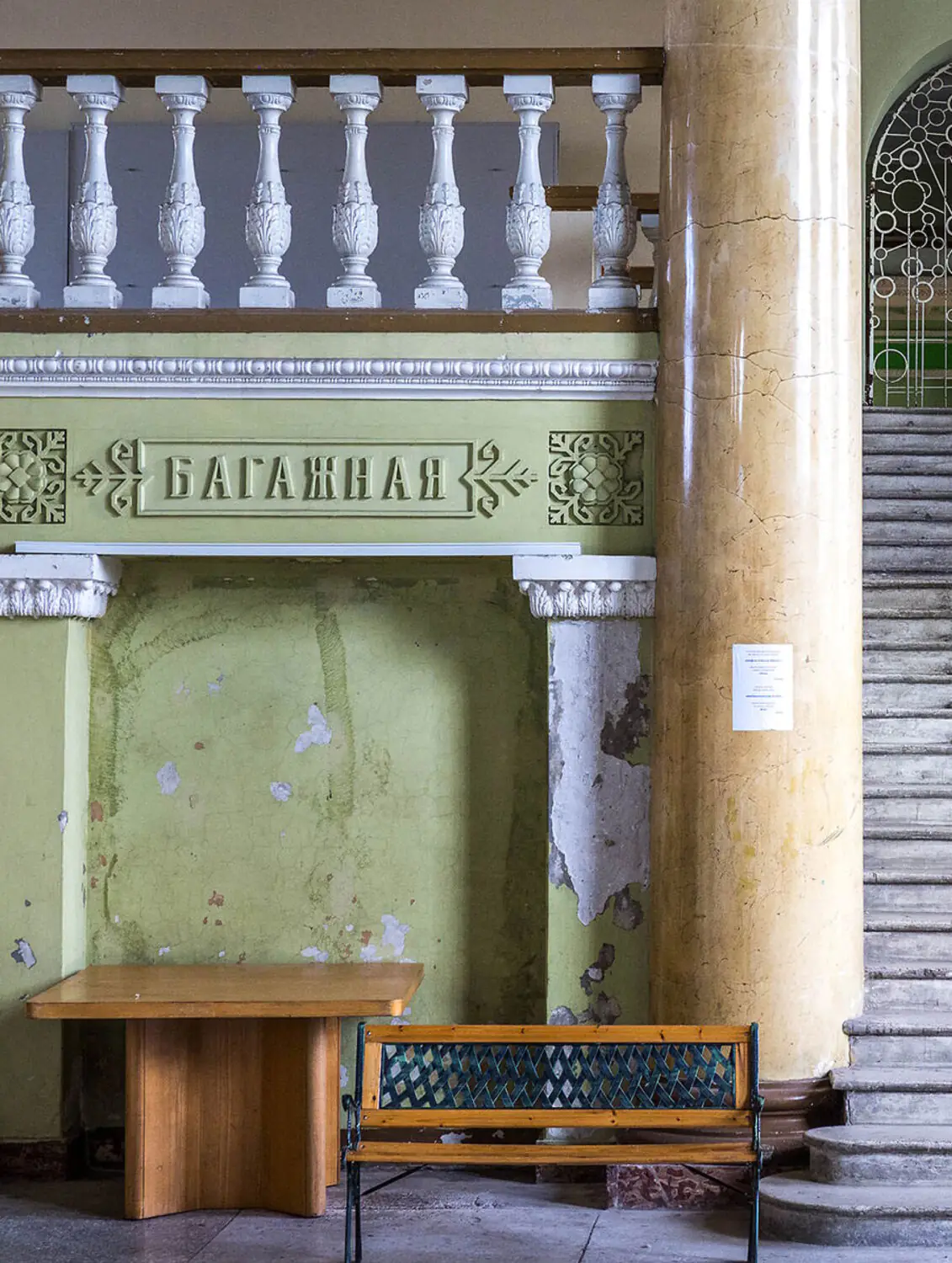
frequentflyers.ru
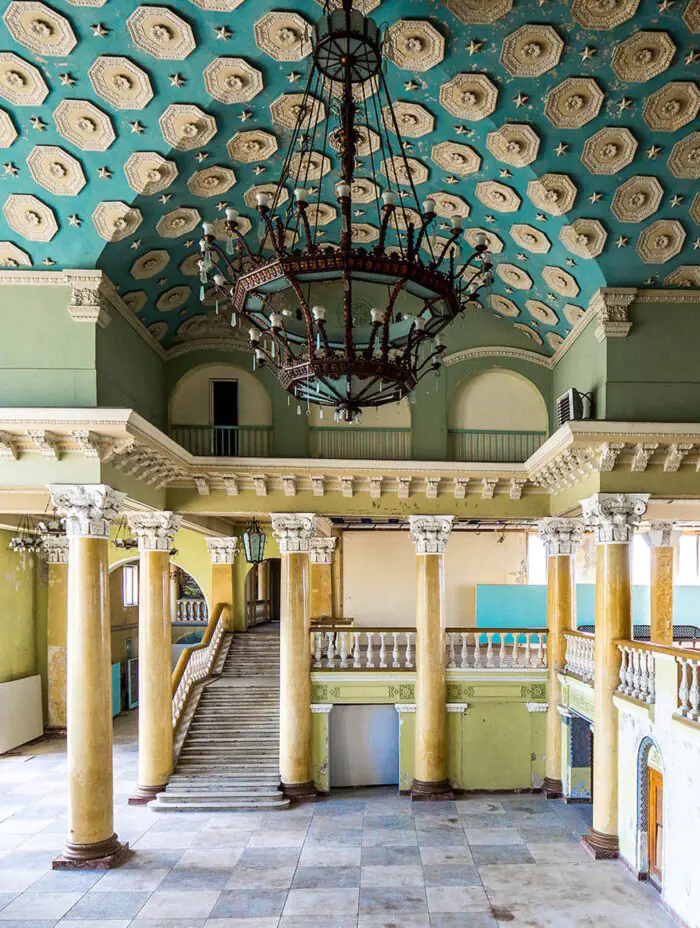
frequentflyers.ru
The history of aviation in Riga is more than 100 years old. In 1909 the first aircraft factory appeared in the city, in 1920 — the first aeroclub Latvijas Aeroklubs, which was restored after 1991.
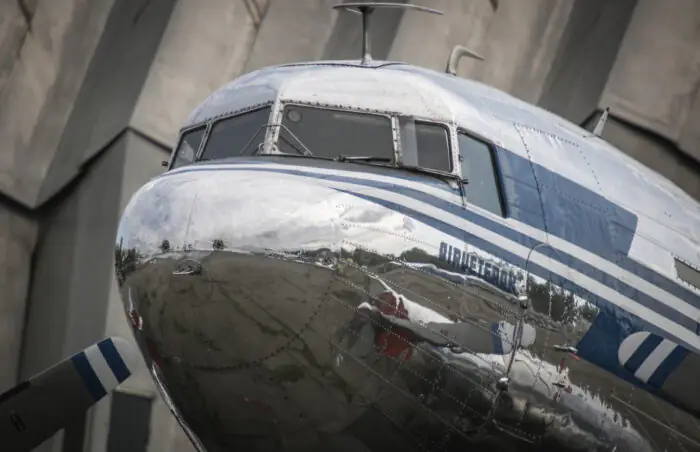
facebook.com/spilve.airport
At the same time, in the 1920s, Riga’s first airport, Spilve, was built. Shortly before World War II, passenger planes began to land there. At the end of the 1930s, the first Latvian international flights departed from here: Riga—Vilnius—Warsaw, Riga—Tallinn—Helsinki and Riga—Kaunas—Berlin.
Spilve was used for commercial flights until the end of the Soviet times. Now it operates only for private service. The area is planned to be developed, and the main building, built in the Stalin era by architect Sergei Vorobiev, will be used for film shoots and parties.

ra.co

ra.co
Another airfield is Rumbula, built for the military in the 1950s. It was temporarily used as a passenger airport throughout the 1960s. The main reason was that the runway in Spilve was too small for large aircrafts. After Riga International Airport was opened, Rumbula was again handed over entirely to the military. No aviation has been based there since at least 2001. Nowadays the airfield is mainly used as the largest car market in Latvia.
Riga International Airport in its current configuration appeared in 1973. The author was architect Leonid Ivanov, and the client of the project was the Moscow Institute “Aerostroy”. Now it is the largest hub in the Baltic states. During its 50-year history the concept of its development has repeatedly changed to reflect the rapid evolution of airports and the increasing number of passengers.
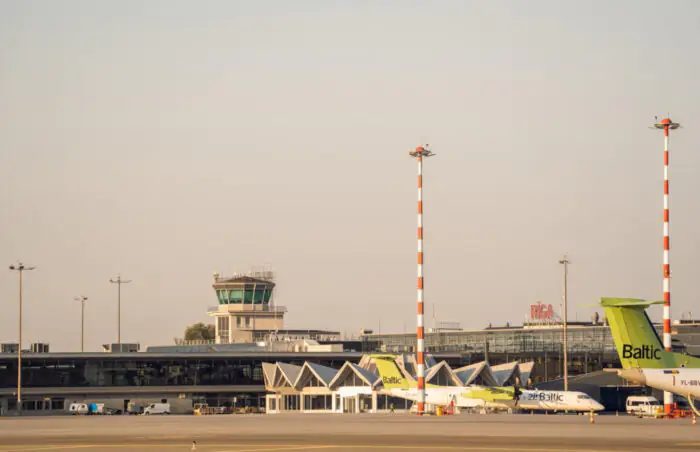
facebook.com/riga.airport
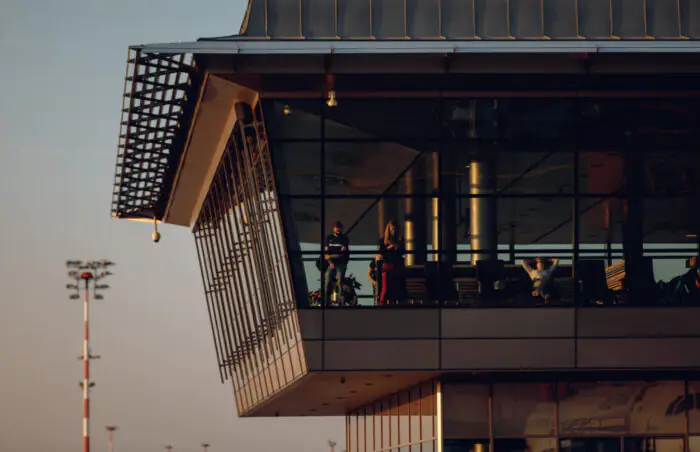
facebook.com/riga.airport
How Airports Have Changed over the Past 100 Years
The first passenger planes flew over Europe just over a century ago, in 1919. Since then, the architecture of airports and runways has changed almost as much as air transport.
At first, airplane cabins were designed like train cabins. By analogy it was easy to confuse airport buildings with train stations – such examples include the German airport Braunschweig-Wolfsburg, erected in the early 1930s. The runways were at first covered with turf and used extensively for military exercises and walks when not in flight.
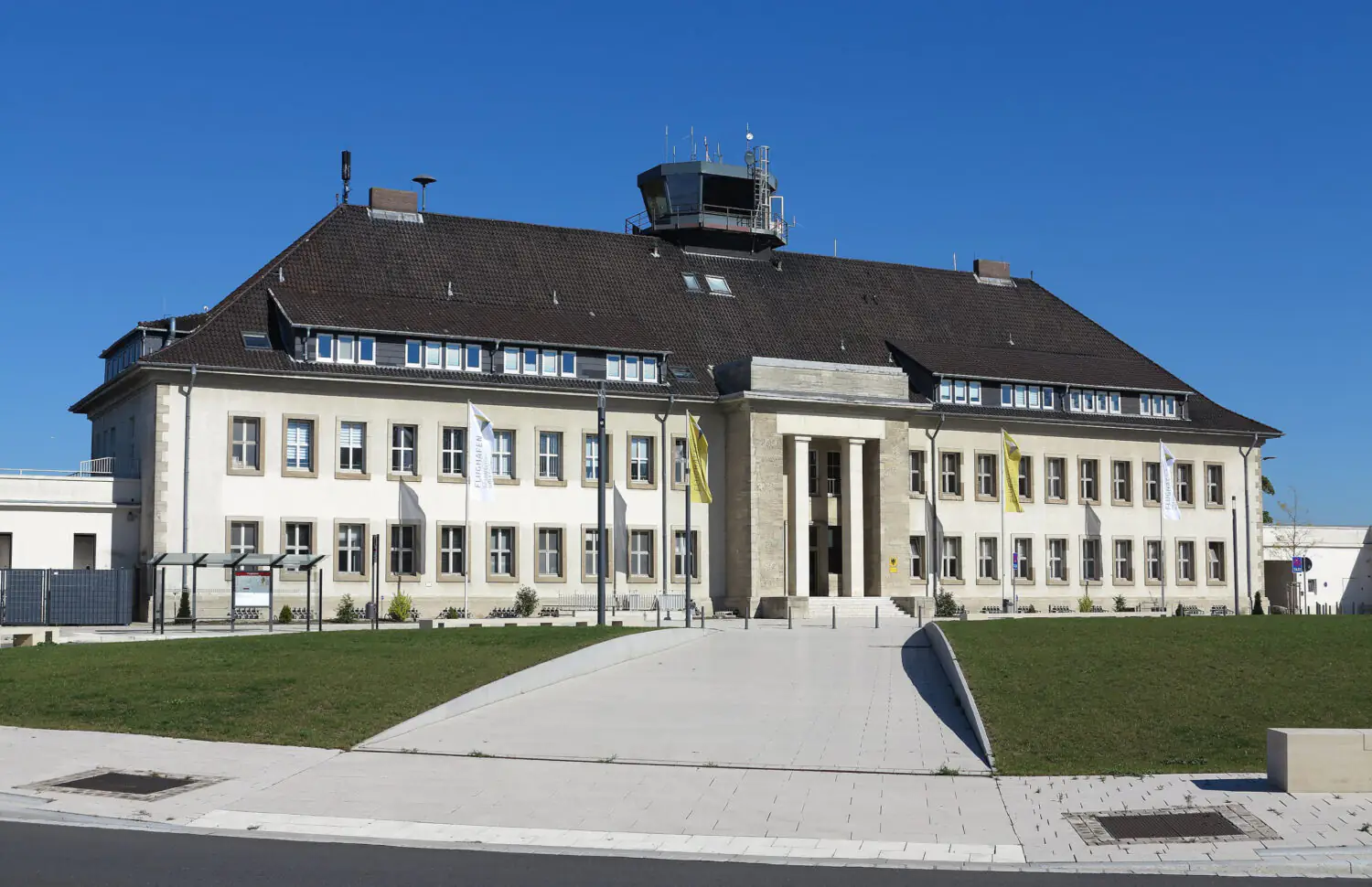
wikipedia.org
Both the buildings and the planes soon acquired more utilitarian and modern looks. In 1939 Copenhagen opened a terminal designed by Wilhelm Lauritzen, the pioneer of Danish modernism. Today unused, it was designed according to the principles of functionalism. It is filled with natural light through abundant glazing and through its design helps passengers intuitively find the arrival and departure areas, which are separated. The first international terminal at Amsterdam Airport Schiphol was built according to the same principles in 1928. It’s an L-shaped building with a control tower in the center and roof terraces from which passengers could watch the ships take off.
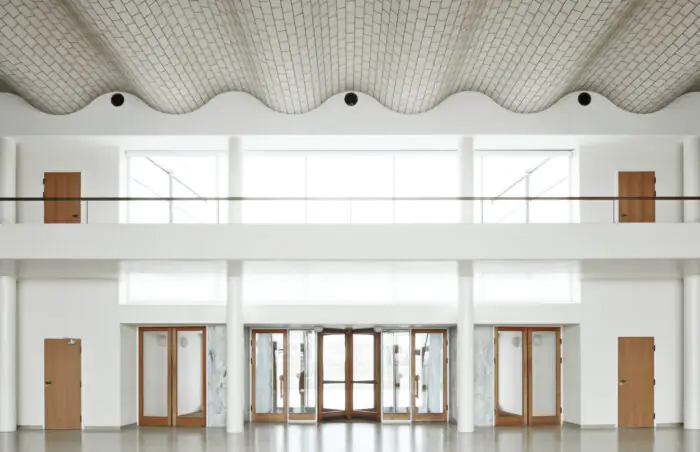
vilhelmlauritzen.com
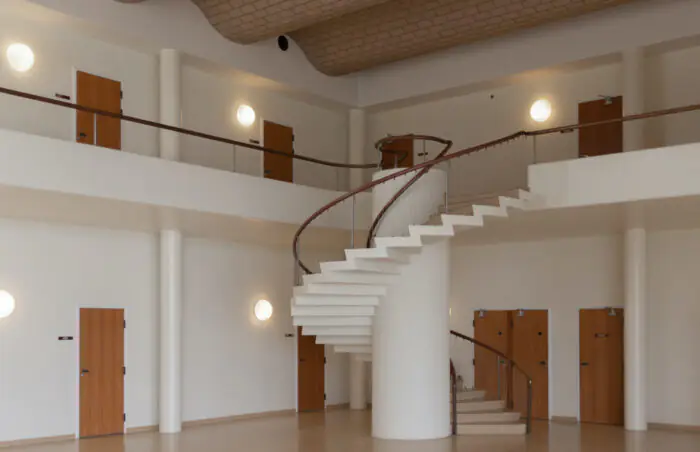
anniversary-magazine.com
A new generation of passenger terminals came after World War II. Aviation made significant progress. Large planes began to appear, capable of carrying 80 to 100 passengers. Airports acquired a more complex layout with branch lines and wings. The first airport built under such a scheme was London’s Gatwick Airport in 1958. Soon airports in Rome, Milan, Copenhagen and other major European cities followed this pattern.
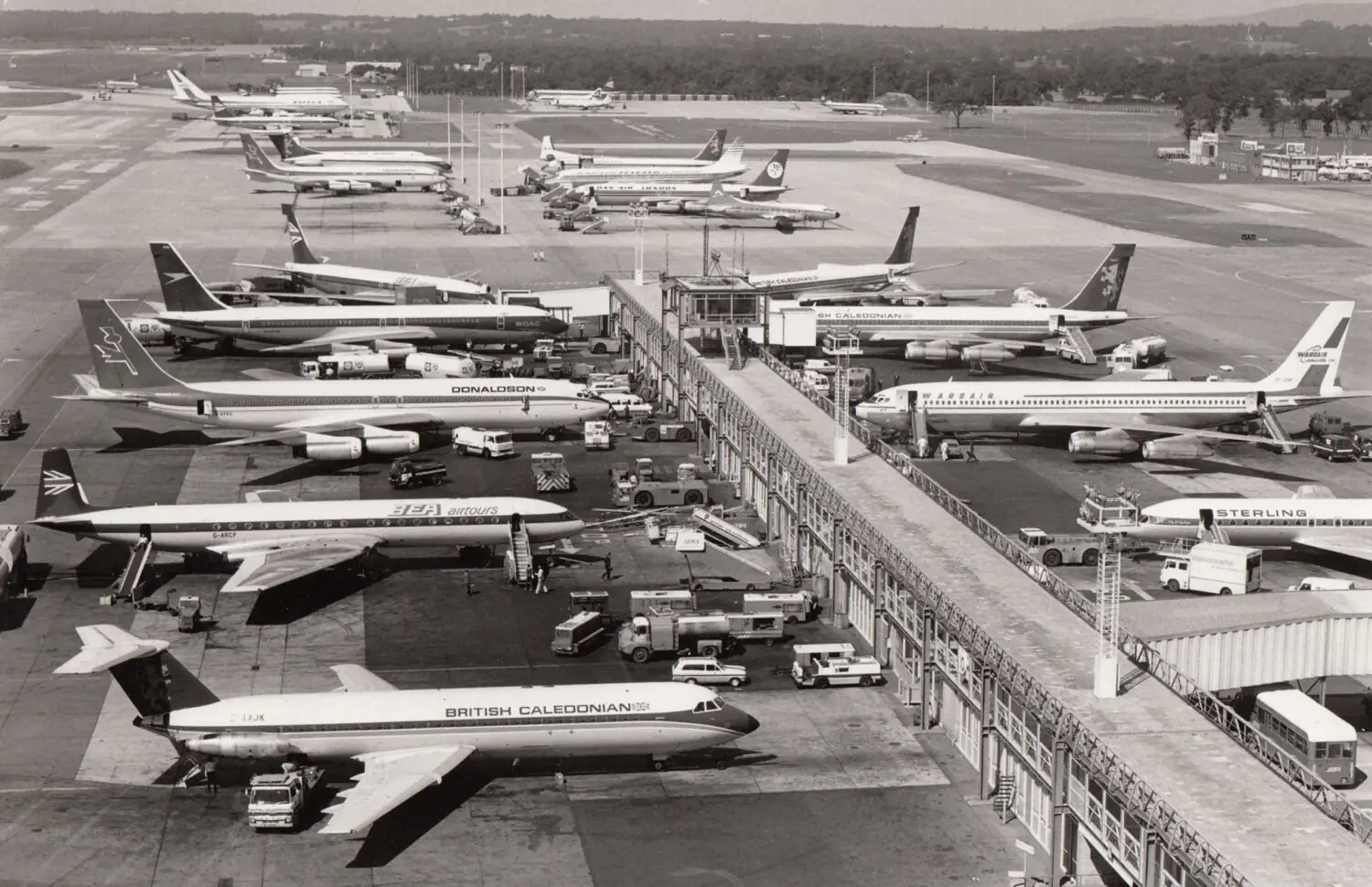
airwaysmag.com
In the 1970s, airports changed dramatically because of the upsurge in international terrorism. By then, hijacking had become one of the most widespread forms of attack. Security at aviation facilities was strictly enforced, and the departure and arrival areas of passenger terminals were divided by areas of additional control.
The current generation of terminals emerged in the 1990s. Osaka, London, Paris, Barcelona, and other points around the world built huge airports. They are capable of serving more than 35 million passengers a year. About 40 such objects have appeared in the world.
These are extremely large and high-tech structures in which the arrival and departure areas are combined with commercial spaces, hotels, and conference halls. One example is the airport in Kansai, designed by the Renzo Piano Building Workshop and opened in 1994, or the new greenhouse airport with a giant waterfall designed by Moshe Safdie in Singapore.
The scale and complexity of the new airports has gone far beyond their basic functions. Today, it is the “cathedrals of the 21st century”, writes New York Times columnist Chris Holbrooke in his article Airports, Designed for Everyone but the Passenger. It is a center for communication, travel, leisure and commerce.

wikipedia.org
Runway 2027: a New Strategy for Riga Airport
Before the COVID-19 pandemic, Riga International Airport was the leader in traffic. It was due to the expansion of the national carrier airBaltic and good geographical position.
However, now the airport’s popularity and income have fallen. In 2021, Riga Airport served 2.353 million passengers. It’s 17% more than in 2020, but 70% less than in 2019 before the pandemic. In 2022, the gap narrowed, with the serving 5.4 million passengers, 31% fewer than before the pandemic. At the same time, in March 2022, it was determined that the airport would lose 7 million euros due to Russia’s invasion of Ukraine because transit cargo from China is not delivered to Riga due to EU sanctions against Russia.
The last major modernization of Riga airport took place in 2001. It was dedicated to the celebration of the city’s 800th anniversary. The project was carried out by Arhis bureau headed by Andris Kronbergs. After more than 20 years, many solutions had become dated – now it is to be refreshed within the framework of the new Runway 2027 development strategy. The cost of the project is 247 million euros. The number in the name refers to the date on which this ambitious project is scheduled to end.
By 2027, the airport plans to build a new passenger terminal and significantly modify the existing infrastructure. The strategy implies the development of the city-airport concept, which involves not only passenger transportation, but also the development of an entire business ecosystem around the arrivals and departures zone.
The key part of the project is the passenger terminal with an area of nearly 30 thousand square meters. It will be located to the east of the existing air terminal (now this spot is occupied by the ramp and short-term parking lot P1). New building will include a spacious and modern check-in hall and a security control area, baggage claim areas and a baggage claim and sorting complex.
The building was going to be erected even before the covid and finished by 2024. The design contract was signed in 2019. According to the results of a tender held at that time, the appearance and spatial solutions of the airport are being designed by a consortium of three studios: One Works, Sintagma and Vektors T.
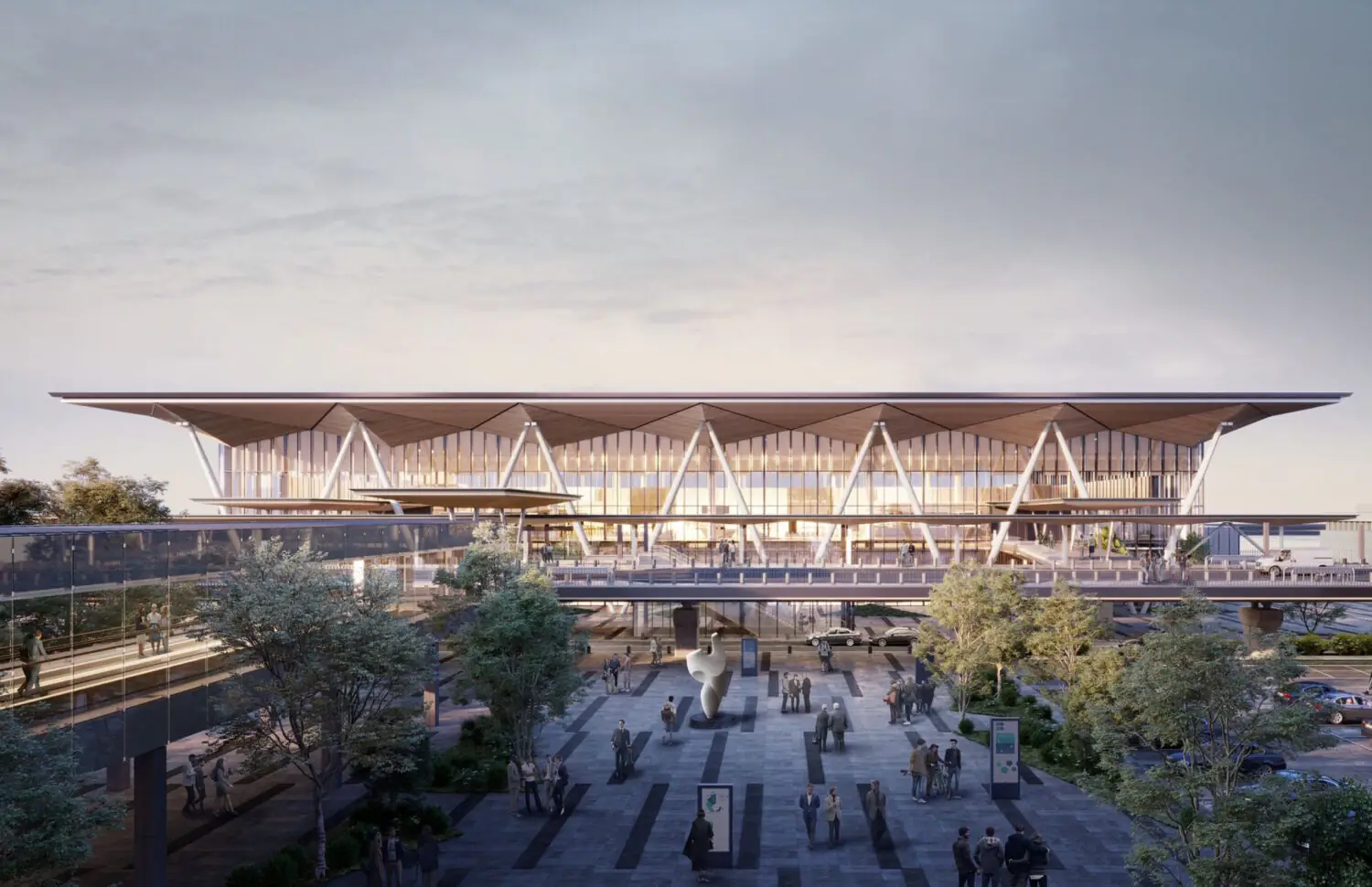
facebook.com/riga.airport
Two of them, Sintagma and One Works, are Italian. The first specializes in transport infrastructure, the second has developed projects for the development and expansion of many airports, including the Marco Polo International Airport in Venice and the concept of expanding the passenger terminal of Brussels Charleroi Airport. Both Italian firms are also creating a Rail Baltica terminal at the airport. The Latvian specialists are the design bureau Vektors T, which creates overpasses and other engineering structures in the Baltic states.
One of the main conditions is that the building must be certified according to BREEAM environmental standards: it’s not just about concern for the environment, but also for future investments. “In order to receive funding, we must be sustainable, we must show that the investment will achieve certain long-term goals”, explains Laila Odiņa, Chairman of the Board of Riga Airport (AS Starptautiskā lidosta Rīga).
Rail Baltica Station and Other Changes
The new Riga terminal will be connected to the Rail Baltica railway station, which began construction next to the airport in 2022. Vektors T, Sintagma and the Slovak architectural firm Prodex are also designing the railway hub. A little earlier, in 2021, the construction of an air-to-rail luggage tunnel began. In the future it will connect the Rail Baltica station with the new terminal.
According to Odinya, the railway line will be the main driver of development for the RIX Airport City business district around the airport. It will contain hotels, office centers and warehouses. Various lines of business are already being developed near the airport – business owners consider the area to be promising. For example, this spring in an auction organized by Riga City Council, the company Sirin Development acquired 22 land plots for 5.679 million euros. It is planned to create a logistics complex there.
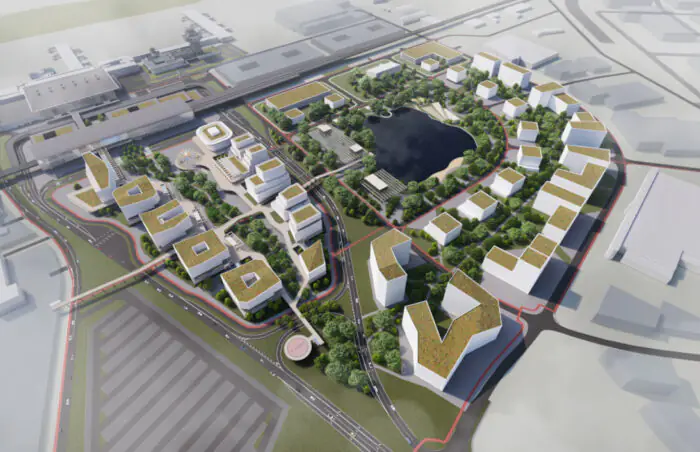
facebook.com/riga.airport
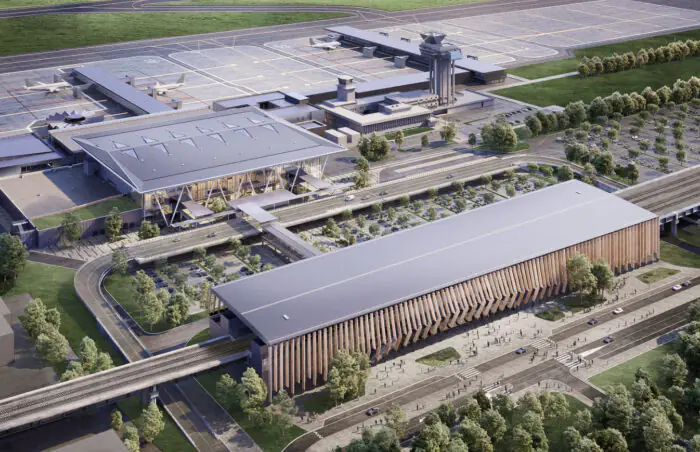
facebook.com/riga.airport
Not only the transportation system will be significantly redesigned, but also the power supply to the airport. On the roof of the new terminal a solar panel will be installed. In the long term it is planned to make the complex climate-neutral. Now the airport is served by 40 electric power substations, some of which have been in operation since Soviet times. By 2030 it will be renewed, and some of it will be rejected. The capacity of the new substations will take into account the future expansion of the airport, so that there will be enough energy for the business park as well.
Already now, buses for passengers are gradually replacing diesel buses with electric ones. Complete replacement will be possible when the substations are fully rebuilt and the airport is equipped with enough charging stations.
The many upgrades will make the airport a regional hub for air service in Northern Europe. Compared to 2019, passenger traffic will increase from 7.8 million to 9 million and cargo traffic from 27,200 to 48,500 per year. The annual revenue after all renewals will be 77 million euros. Carbon emissions will be reduced from 0.444 to 0.3718 tons per 1 000 passengers. By 2050 the airport will become climate neutral.
Odinya explains that the airport is working on a master plan until 2050. It exists now, but it is dated 2012 and covers the period only up to 2036. It ignores many changes in recent years including the Rail Baltica rail connection. The new plan considers the construction of a second runway and an extensive transformation of the surrounding areas.
Nearest Сompetitors
Over the past decades, airports in other Baltic cities have also changed significantly. In 2008, the terminal of Kaunas airport opened after a big renovation. In 2022, the new terminal of Tallinn airport was completed: it was added by a self-service baggage drop-off zone for airBaltic and SAS passengers, and also a new gate area with a self-service store was opened. In the same year, Tallinn airport received the ASQ Award. It was marked as the most comfortable airport in Europe. It was also one of five airports in the world to receive an award for good work in long terms.
A new terminal is also being built at Vilnius airport: construction began in January of this year. After its completion in 2025, the number of passengers is expected to double from 1 200 to 2 400 per hour. In addition to the new building, the redevelopment project includes the construction of a new transport scheme and renewal of engineering networks. The total cost of the work is 50.2 million euros.


